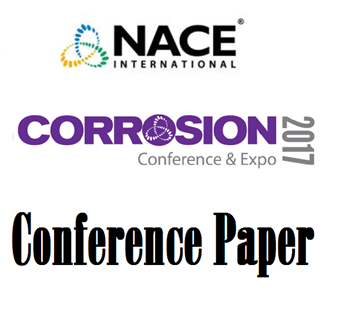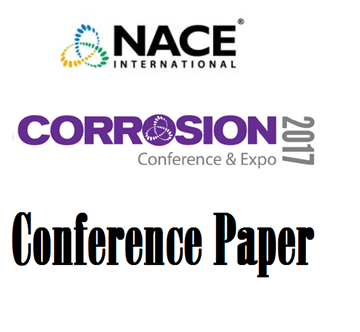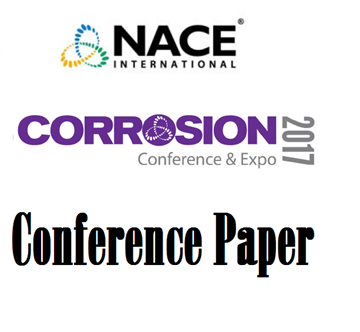Search
51317--9717-Characterization of SCC Initiation Precursors in Cold-Worked Alloy 690
Also Purchased
51317--9669-Effect of Strain Rate on the Crack Growth Rate of 718 Under Cathodic Potentials
Product Number:
51317--9669-SG
ISBN:
9669 2017 CP
Publication Date:
2017
$20.00
51317--9610-Effect of Cold Deformation on Sulfide Stress Cracking of High Strength Steels
Product Number:
51317--9610-SG
ISBN:
9610 2017 CP
Publication Date:
2017
$20.00
51317--9715-Problems Related to the Slow Strain Rate Test Performance and the Specimen Characterization in Austenitic Corrosion Resistant Alloy Tubes
Product Number:
51317--9715-SG
ISBN:
9715 2017 CP
Publication Date:
2017
$20.00




